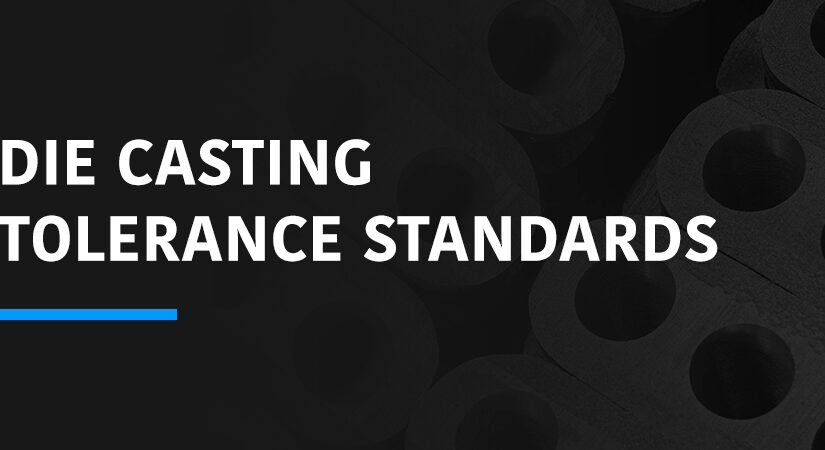If you’re looking for a high-quality, reliable way to make your product ideas a reality, aluminum die casting might be the method for you. Chances are, you already benefit from several die-cast products each day. Aluminum is a popular metal for manufacturing all kinds of parts because of its strength and ability to mold to Read More
Read More




